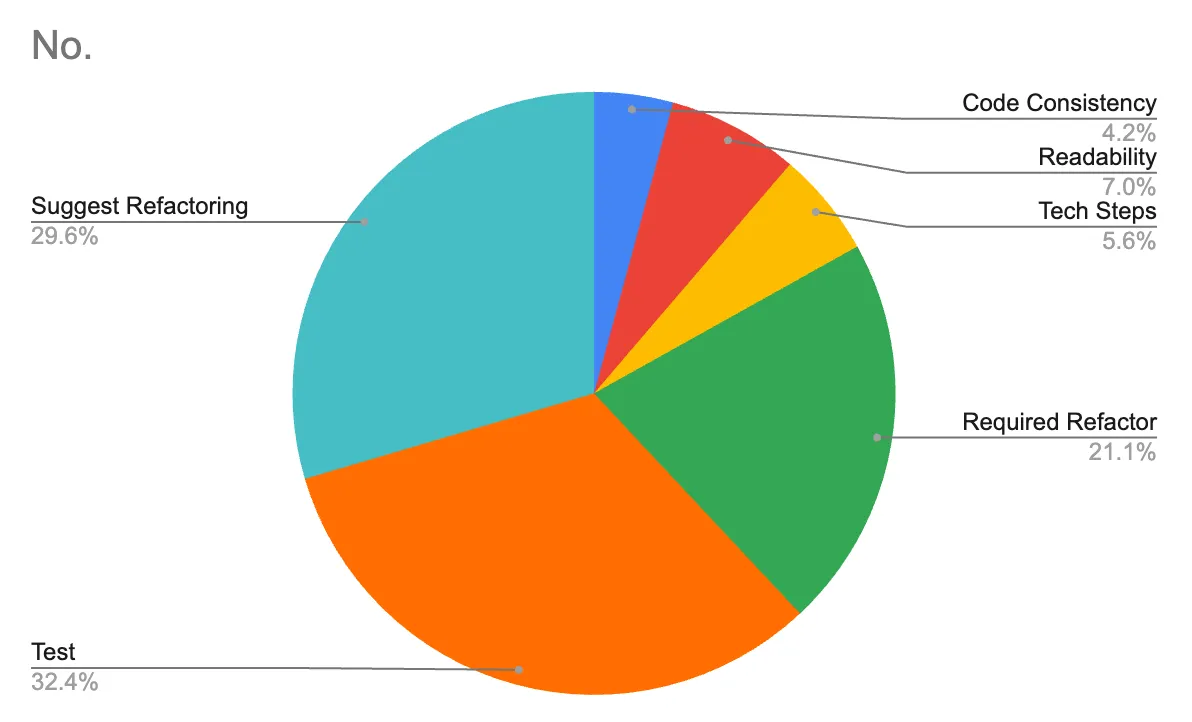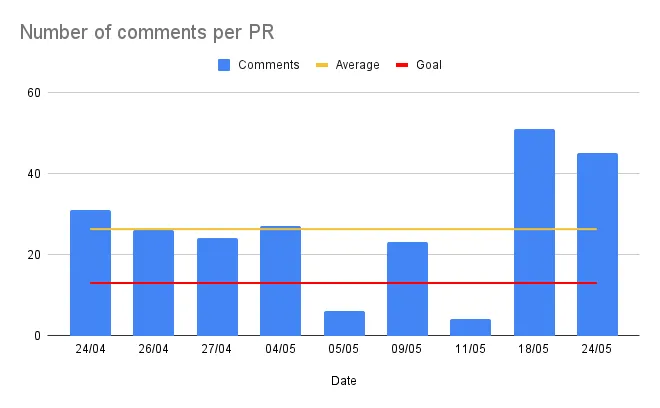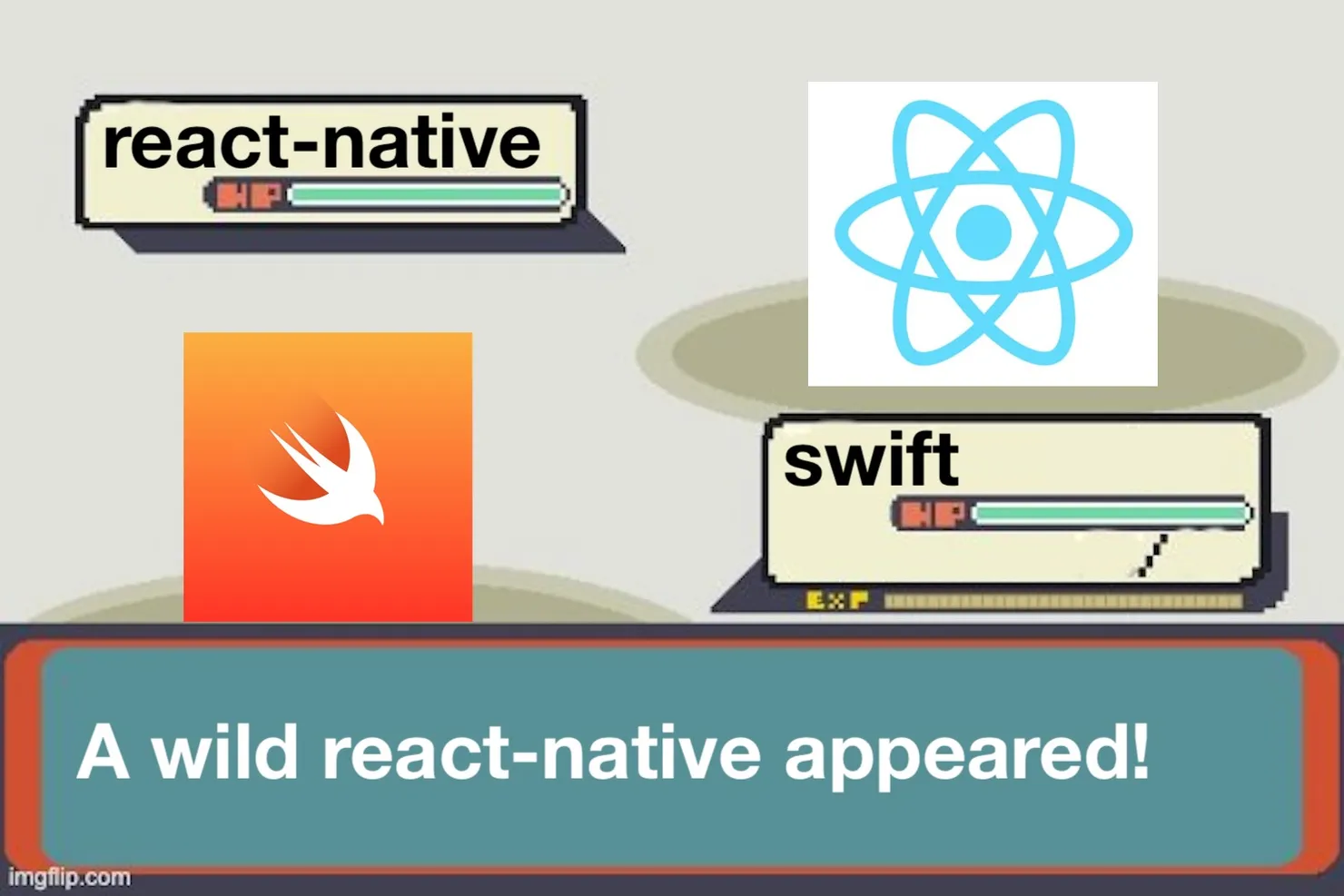Guide: How to improve your team’s code review process and maintain code quality
Yosef Alnajjar7 min read

Introduction
The code review part of the development pipeline is such a vital part to make sure that you’re pushing clean code the team aligns with and prevent possible defects that the developer might have missed while writing the code. It’s also the best way to contribute to the learning of the team members. If you don’t do code reviews, there is a good chance that you’re pushing potential bugs to production, and that your codebase will be hard to maintain at some point.
“The only way to make the deadline — the only way to go fast — is to keep the code as clean as possible at all times.” by Robert C. Martin from the book Clean Code
The Problem
We had a problem with the length of our code reviews lead time in my previous team and that triggered the alarm for problem solving. You might think that the team needs to just write better code and that will fix the problem, it’s that easy! Unfortunately that’s not an easy metric to track as it’s not detailed enough so we had to dig deeper to discover the root causes of this problem.
We went over sample pull requests (around 8) of which had a large number of comments and started categorising the comments types to see what are the areas we need improve on

An example of a team member average comments categories
We had an average of 26 comments per pull request and set a target goal of reducing the number of comments by 50% and that is 13 comments per pull request. The reason for reducing the number of comments is that the bigger the number of comments is the more likely for the code review process to take longer.
We’re not setting a target of no comments at all though and that’s because the comments are valuable, we didn’t want to discourage the team from providing feedback on code, point out possible defects, ask questions or even giving praise on quality code.

Based on the results of the investigation above we chose to use the 6-step Kaizen method to guide us in this initiative. The idea being to apply the scientific method: measure, experiment and iterate!
The Actions
We came up with a list of actions which we have started experimenting with and eventually integrate with our flow
1. Self CR
While this one seems like simple action, it had proven to be effective. Basically having another look at your code in the pull request putting yourself in the code reviewer shoes (or another developer’s shoes) and highlight the areas where you can do some improvement and then updating the code before asking another developer for a code review. For more on how you can do code reviews and what to look for watch this talk by Chloé Caron
2. Train your team
As we discovered during the investigation phase, we had specific areas/categories we can improve on as a team. We started training the team in these areas, we had training sessions and workshops around testing, refactoring strategies and advanced AWS topics which helped the whole team better understand the tools we’re working with and fill knowledge gabs especially around tech quality
3. Pair on resolving comments
This action helped us reduce the number of code review rounds we used to have, when working on comments suggestions alone and responding to the comments then re-requesting a code review, you open up a chance for more rounds of code reviews while it would take less time to get on a call with the reviewer and go through resolving the comments together.
This doesn’t only reduce the time developers spend on resolving the comments but helps with sharing any missing knowledge that any of the developers writing/reviewing the code might have had!
4. Explain the why(s)
This action touches on the last point of the previous action above, which is on the importance of sharing knowledge. Explaining the why behind a requested change on the reviewer side helps the other developer better understand why they’ve been requested to make a specific change thus not getting the same type of comment on their pull request again.
So to sum up the benefits of this action are: it helps with filling knowledge gaps and reduces the number of comments in the same category
5. Agree on refactoring strategies
We’ve noticed with pull requests where we have refactoring work we usually have a high number of comments and that the pull request stays in the code review state for longer. After a discussion with the team we found that one of the reasons this happens is because a developer goes through a path of refactor then we realize that this could have been done in better way.
To not end up repeating ourselves or re-doing any refactoring work because it usually takes a lot of time & effort. We came up with a strategy for handling refactors which is to try out the refactoring strategy in mind and see if it takes more than 15-30 minutes then discuss the refactoring strategy with another developer on the team and see if it’s the right path or if we could go down a better route.
The Code Review Flow
Finally, we revised our code review flow! After experimenting with different actions and making small adjustments along the way, I feel that we came up with a great flow for our code review process that managed to fix our initial problem with the code reviews lead time.
The first part of the updated flow mostly relies on the developer asking for a code review to do an initial test of their code and make sure it works as expected then doing the first action we discussed earlier of self code review, and check if there are any improvements that could be made then making changes to the pull request and after that asking for a code review.
The second part of the flow relies on both the developer and the reviewer working together to get the pull request through, that’s done by the reviewer adding whys to the comments and then pairing with the developer on resolving the comments. After getting an approval for the pull request we recommend doing a final test to make sure the code still works as expected before merging into the development/release branch.
.rGLvcC7C_Z1tfgYC.webp)
This code review flow might seem a bit too much at first sight but after implementing this flow and repeating it for a few times our team started doing these actions autonomously and our code review process felt much easier to go through than before, helping us reduce the lead time!
Conclusion
You should never take code reviews for granted in your development pipeline because of how beneficial it is for the team and the project as a whole. The code review process helps us maintain the code quality of the codebase and most importantly fill the knowledge gaps that the developers on the team might have.
In the end, if you are frustrated by how long your code stays in code review: try to identify where the waste is! Start by looking for any re-work or inefficiencies and then try things to remove them!
.BcyOgc8e_jFcUQ.webp)
The progress our team made in reducing number of comments thus reducing the lead time of the code review process
Resources
- Code Review GPT: AI powered code reviews to speed up development and reduce bugs in production. Check it out!!


